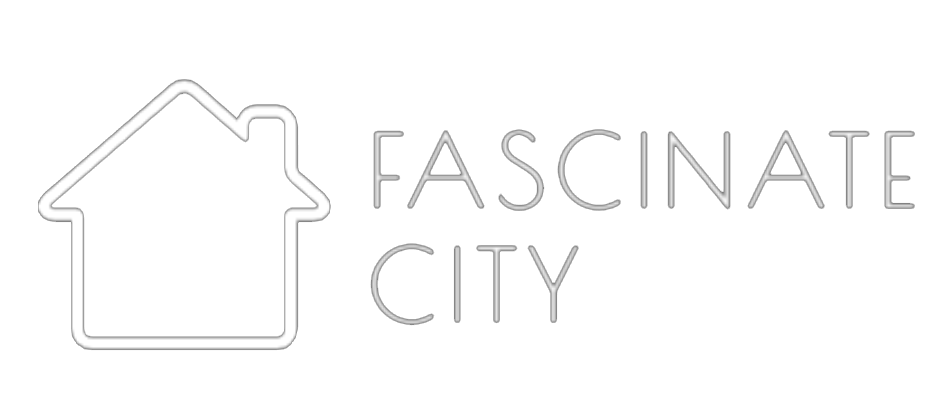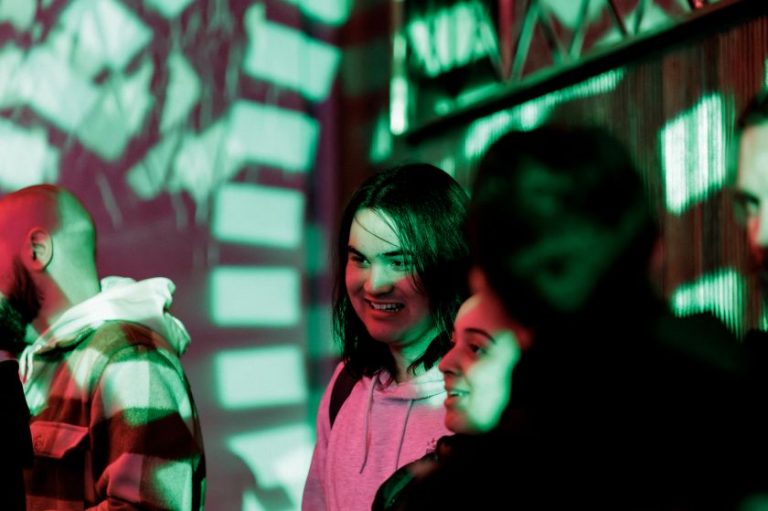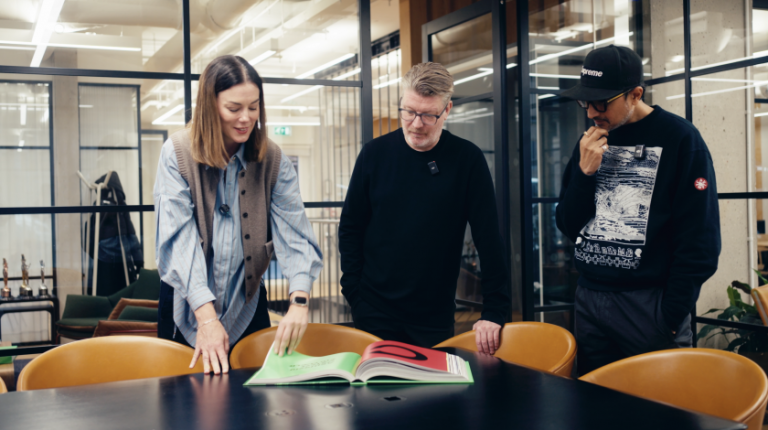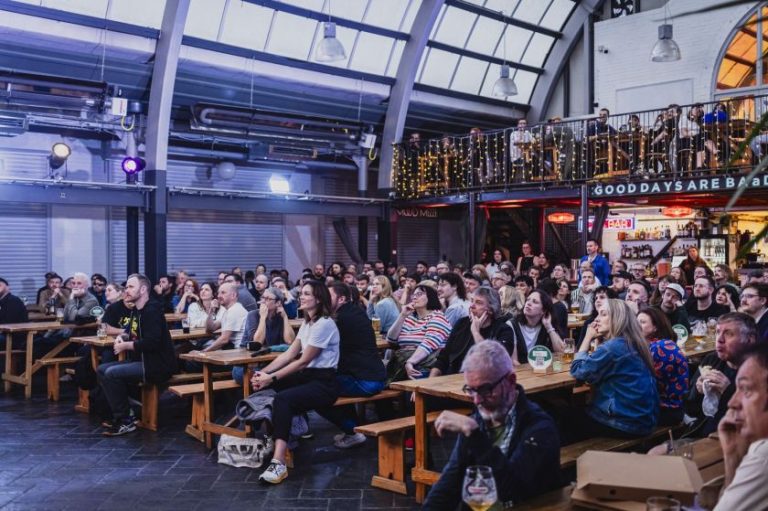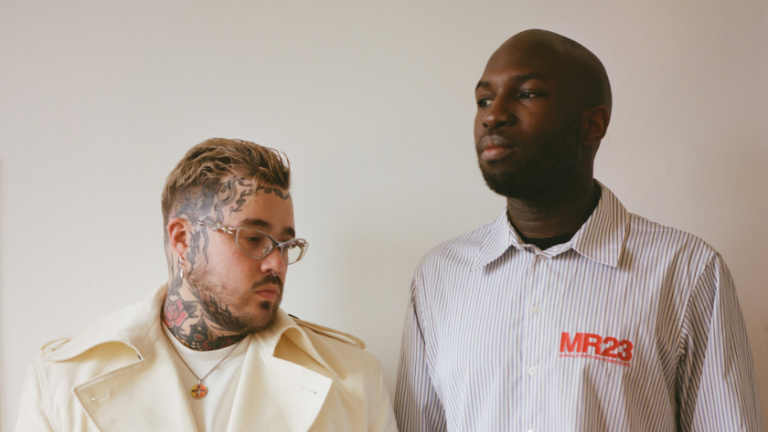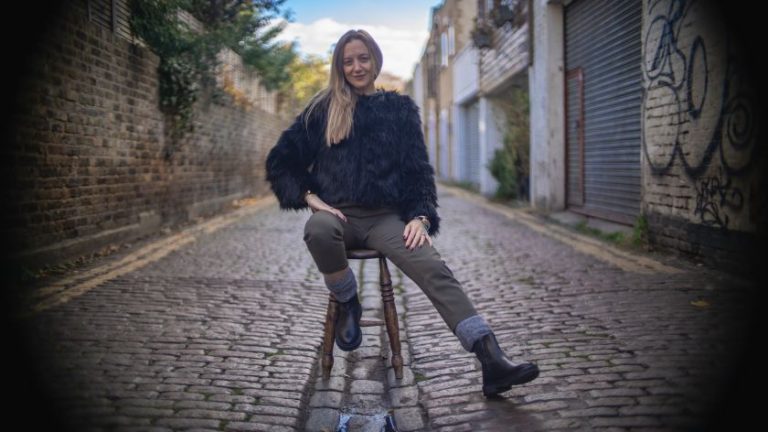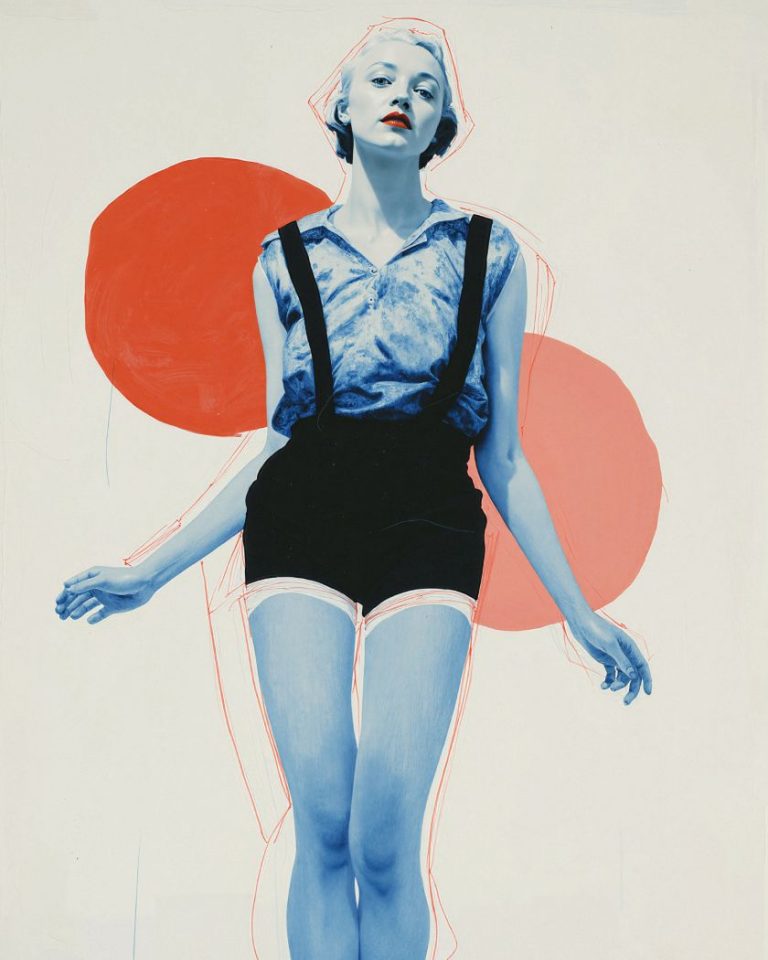Industrial designer Piotr Woronkowicz steps into his role as Pentagram’s first product design partner in New York, bringing a tactile, intuitive, and sustainability-minded approach to an increasingly digital world.
Pentagram’s partner appointments are always a moment of reflection on both the studio’s legacy and the industry’s direction. With the arrival of industrial designer Piotr Woronkowicz as the newest partner in its New York office, it’s also a statement of intent.
Known for his furniture, packaging, and product design work for clients such as Google, Maker’s Mark, and Bread Alone, Piotr becomes the first partner to represent industrial design in Pentagram’s New York team. While the milestone may be new, the partnership has been years in the making.
“I feel honoured to be selected as a partner and to get to represent Pentagram industrial design in NYC,” Piotr says. “It’s even a bit surreal at times to get to collaborate with talent that is in this space.”
Professionally, he says the move feels natural. After collaborating on projects with Pentagram over the past few years, the alignment was already there. “We realised we complement each other’s work. Ultimately, I’m excited for what we are going to be able to create together.”
Whether it’s mass-market bottles or one-off installations, Piotr’s work has consistently bridged the gap between form, function, and storytelling. While that variety might seem like a daunting shift in gear, Piotr approaches it with calm pragmatism.
“Being a product designer is to be a problem-solver,” he says. “Framing the problem and figuring out what the result should be is my process for any design project. I choose what I want to work on and what interests me, so it becomes natural to shift gears.”
At the heart of his process is a sensitivity to brand and context. From the geometry of a bottle to the engineering of a chair, Piotr’s work captures not only a product’s purpose, but also its personality.
“You have to completely understand the client or brand and where it currently is, where they want to go, and how they want to be perceived,” he explains. “There are many things at play when trying to come up with a form. Intuition plays a massive role as well.”
It’s a craft honed over years of working with some of the most recognisable companies in the world, though for Piotr, recognition is never the goal.
“An exciting brief to me consists of a true challenge on improving something in people’s lives,” he says. “I love it when a client comes to me with an idea that they are personally passionate about, for the right reasons. It’s telling of how the process will be to bring a design to life.”
That integrity shines through in projects like Bread Alone, a family-run bakery that champions regenerative agriculture and local food systems. Sustainability, for Piotr, is not an afterthought.
“It’s just a foundational element that is required when making any products,” he says. “If I can’t make a difference in material selections, I’ll look into logistics, shipping, disposal and other points of the product’s lifecycle. There’s always an opportunity to make good decisions for the planet.”
Piotr’s blend of idealism and rigour owes something to the designers who helped shape his career. He studied under furniture design icon Don Chadwick, best known for co-designing the Aeron chair, and worked with industrial designer Jeffrey Bernett.
“This is an easy one,” he says. “Great work will speak for itself. Both Don and Jeffrey focused more on the projects in the studios than on the trade shows or the evening events. The success of their work was a result of this ethos.”
Now, as part of Pentagram’s famously partner-run model, Piotr continues that philosophy. And interestingly, he doesn’t see a huge difference between running his own practice (Piotrworks) and joining a global name.
“It’s quite similar, actually,” he says. “At Pentagram, all the decisions made on how to run a business are from a designer’s perspective. This is the same for small independent studios, where the most important aspect of making the business thrive is the quality of the work. Everything else comes second.”
What’s different, though, is the proximity to other disciplines—and the opportunity to strengthen every element of a product’s journey. “Most products today require branding, graphics, and digital elements when launching,” he says. “I now sit next to the best designers in their field to make sure all these elements of the project have the best talent applied to the right disciplines.
“There’s nothing worse than designing something you love and then seeing a poorly designed label or logo placed on it by someone else.”
This multidisciplinary collaboration is especially relevant now, as product design straddles a new frontier. In a digital-first world shaped by automation, touchscreens, and AI, Piotr sees a growing appetite for tactility and a return to physical objects that feel good to use.
“I think we are beginning to see a correction of over-adoption of tech,” he says. “These things promised to help and save time, but people are realising that may not be the case for everyone.”
He sees this in everything from appliances to automotive. “The automotive industry is finally coming around and bringing buttons back into cars after the mass adoption of screens. It’s a good sign that industries see that the most advanced tech is not always the right answer.”
For Piotr, the future lies in designing physical experiences that enhance digital ones, anchoring high-tech in human behaviour.
This mindset also makes him a sharp critic of the objects that many of us take for granted. “As a person who is constantly critiquing everything as I use things on a daily basis, I have a new thought probably hourly,” he says.
This speaks to the wider philosophy he brings to his work: thoughtful problem-solving over novelty, quality over hype, collaboration over ego. As Pentagram’s New York team enters this next chapter with a product designer at the table, it’s a timely reminder that good design still starts with listening, touching, tweaking, and thinking with your hands.
